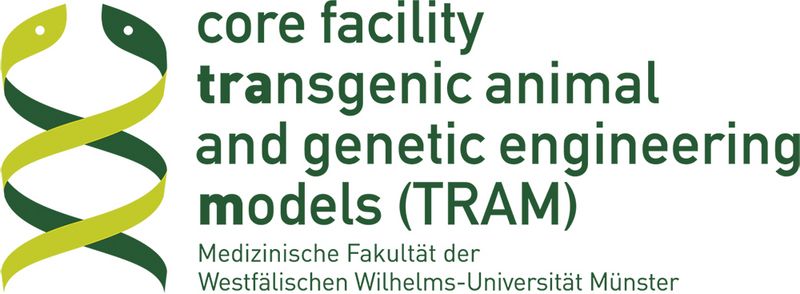
Mice are physiologically similar to humans, thus making them ideal organisms to model human disease made possible by recent advances in transgenic technologies. Transgenic mice are created by integrating foreign DNA into the germ line of mice. The pathogenesis and therapeutic strategies of various human diseases can be studied in transgenic mice carrying the respective disease causing genes. Another major advancement in the development of mouse models of human diseases was the gene knockout. This technology makes it possible to introduce certain mutations into endogenous genes and transmit these through the mouse germ line.
Since 1996 this unit has provided a centralized service to produce regular transgenic mice, BAC (bacterial artificial chromosome) transgenic animals, as well as a variety of gene-targeted (conventional or conditional), and chromosome-engineered mice. The unit aims to reduce the work load and the cost of its customers. Methods for transgenic/targeting DNA constructs design (conventional and PCR cloning) and DNA recombineering in E.coli have been developed. Related services such as embryo cryo-preservation and strain re-derivation are also available.

